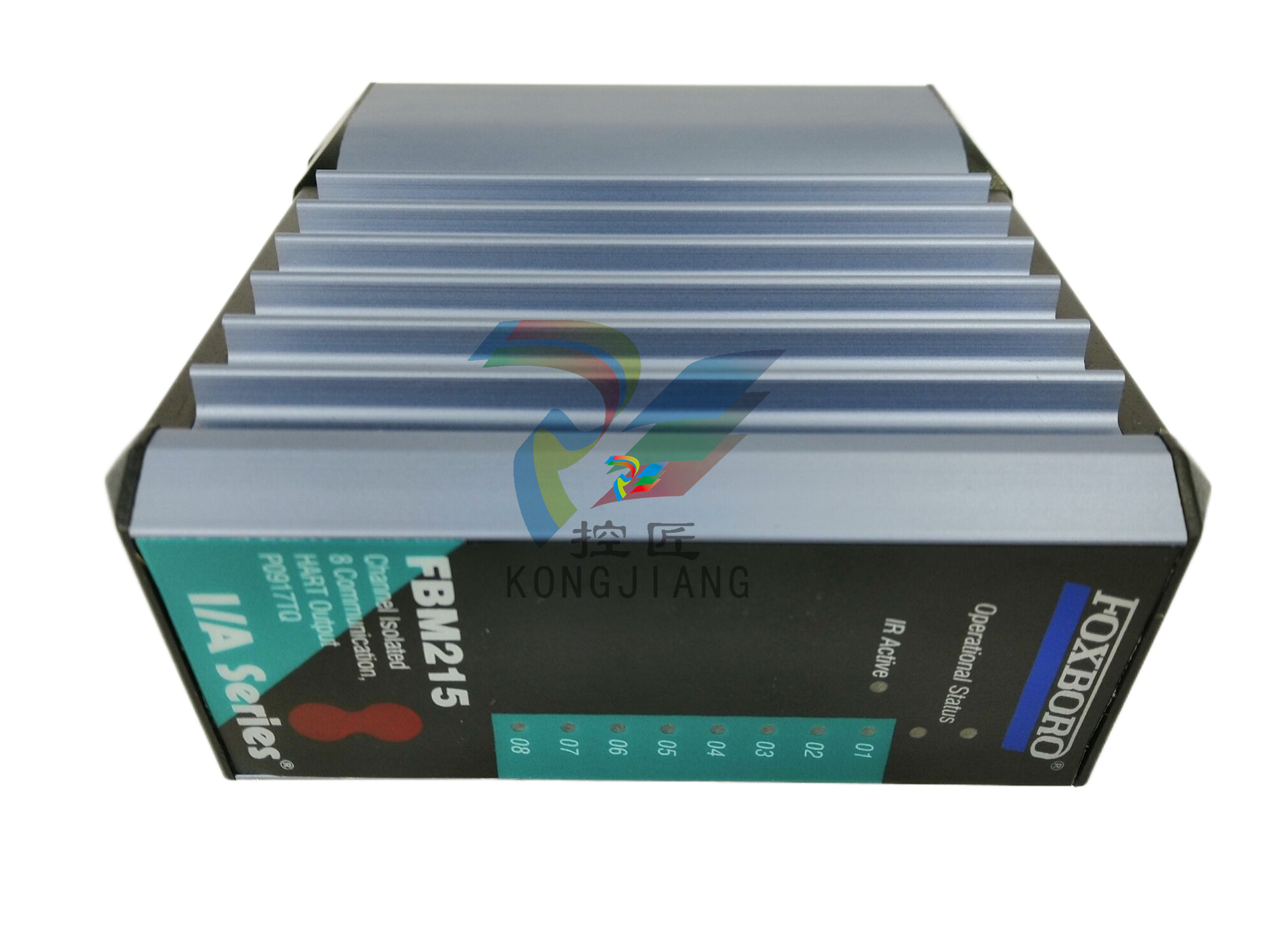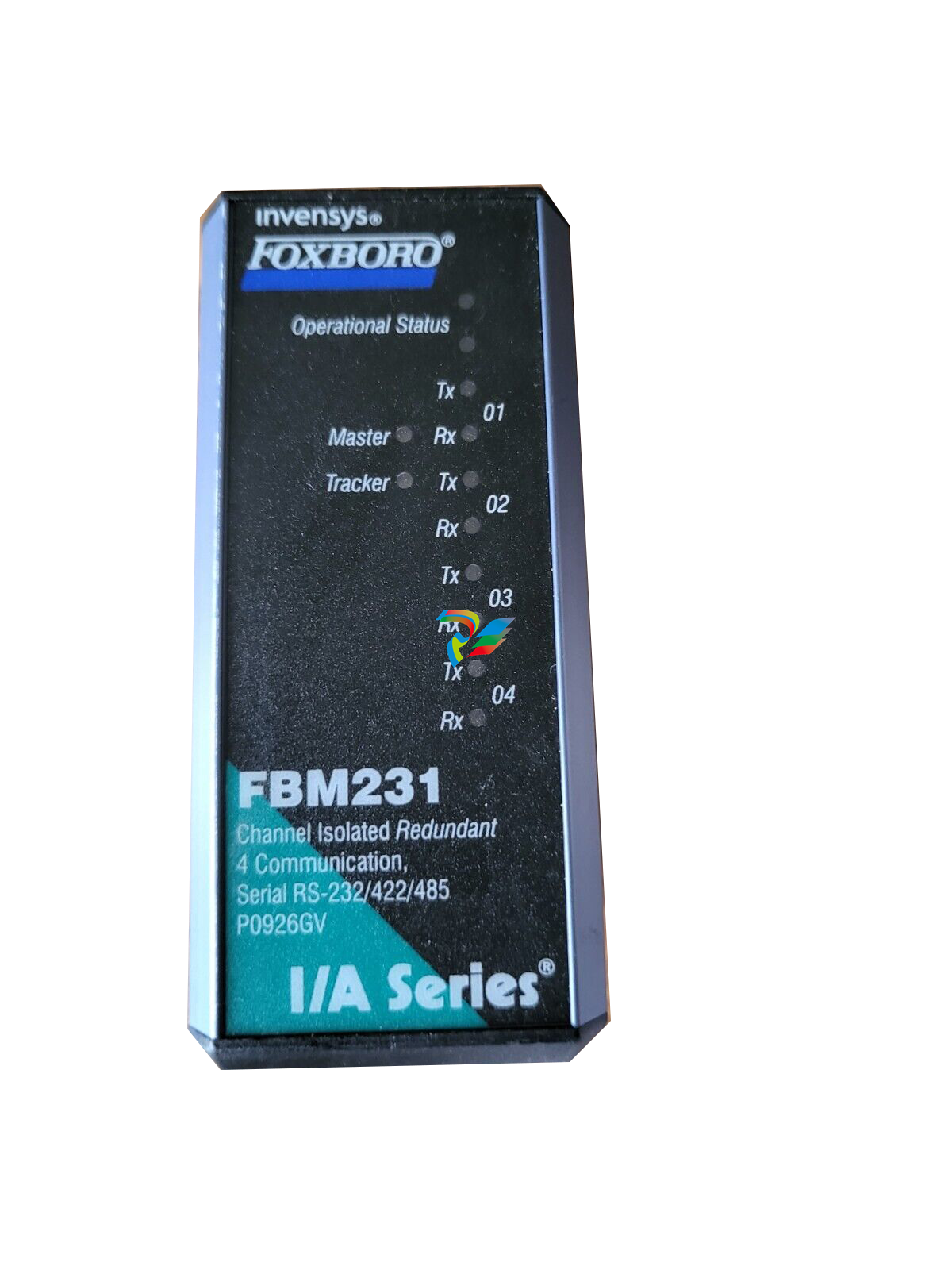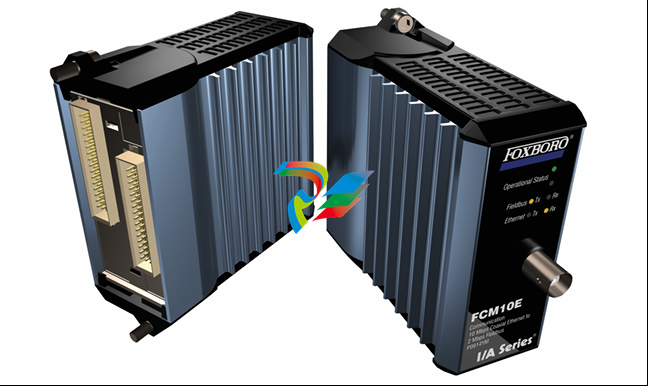
DCS; Industrial control system
Product
Article
NameDescriptionContent
NEW CENTER
Current Location:
Automated Equipment in Automobile Manufacturing: Driving Innovation and Efficiency
From:
|
Author:huang
|
Time :2024-11-12
|
219 Browse:
|
Share:
Automated equipment has become an important part of automobile manufacturing, significantly enhancing efficiency, precision, and quality. Automated machines can perform repetitive tasks with high precision and speed. For example, during the welding process, automated welding systems can ensure consistent welding quality and reduce defects. Automated equipment also reduces long-term costs. Although the initial investment is large, its low error rate reduces rework and waste. Continuous operation also decreases downtime and boosts productivity. Automated equipment has remarkable advantages in increasing production efficiency, reducing costs, improving product quality, and enhancing safety. Key technologies such as robotic technology, sensor technology, control systems, and information technology play important roles in automobile manufacturing. Automated equipment is widely used in fields such as automobile, electronics manufacturing, and food processing. However, it also faces challenges such as high initial investment, rapid technological changes, and a shortage of skilled personnel. In the future, smart manufacturing, customized production, and green manufacturing will become the main trends.
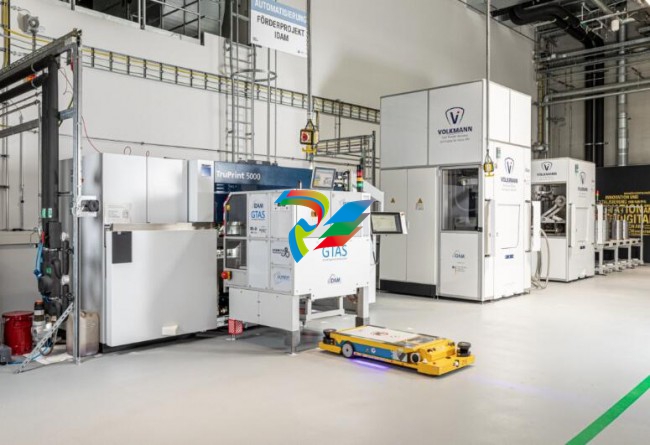
Automated equipment has become an integral part of automobile manufacturing, playing a crucial role in enhancing efficiency, precision, and quality. The prevalence of automated equipment in this field is widespread and continues to grow.
Automated machines are capable of performing repetitive tasks with high accuracy and speed. For instance, in the welding process, automated welding systems can ensure consistent weld quality, reducing the likelihood of defects. This not only improves the structural integrity of the vehicle but also enhances safety.
The entire manufacturing process has been greatly transformed by automated equipment. In body assembly, robotic arms can precisely position and join various components, resulting in a seamless and sturdy structure. According to research, factories using highly automated production lines can increase production output by up to 50% compared to traditional methods.
Moreover, automated equipment also contributes to cost reduction in the long run. Although the initial investment may be significant, these machines have a lower error rate, reducing the need for rework and waste. They also operate continuously, minimizing downtime and increasing productivity.
In conclusion, automated equipment is of utmost importance in automobile manufacturing. Its prevalence is a testament to its effectiveness in improving production processes and ensuring the quality of the final product.
二、Advantages Galore
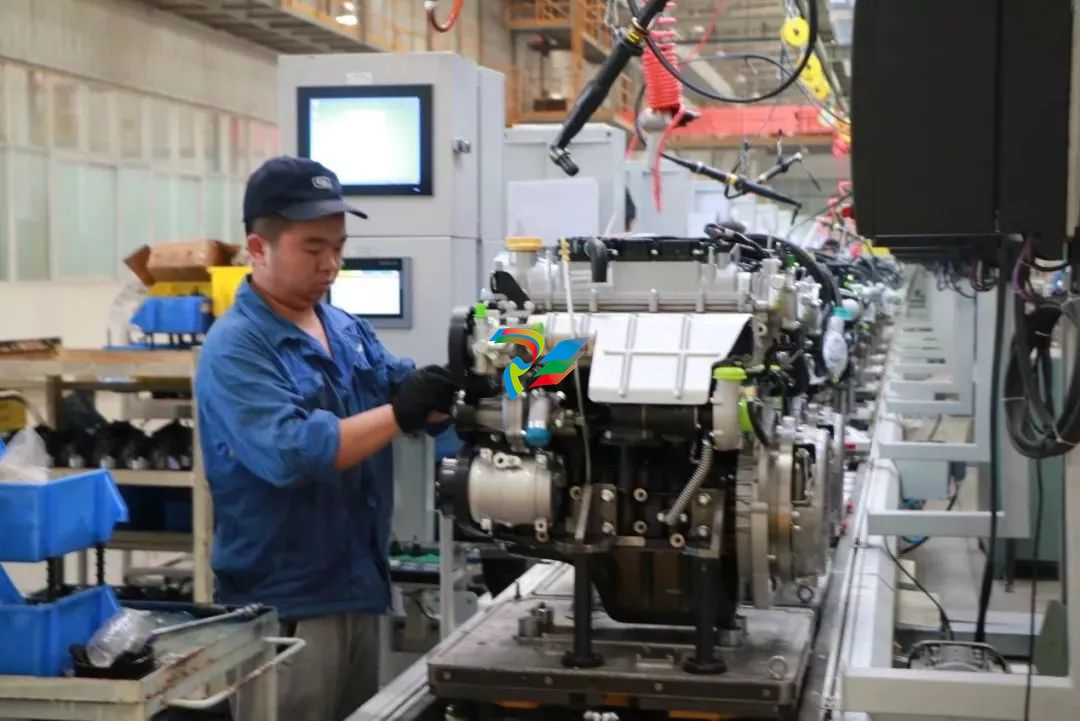
(一)Enhanced Production Efficiency
Automated equipment plays a crucial role in significantly boosting production speed and output in automobile manufacturing. For example, automated assembly lines can operate continuously without the need for breaks or rest periods that human workers require. This results in a substantial increase in production hours. Additionally, these machines can perform tasks at a much faster rate than humans. Automated conveyor systems can quickly transport parts from one station to another, reducing transit time and increasing the overall flow of the production process. According to industry data, factories equipped with advanced automated systems can increase production output by up to 70% compared to those relying solely on manual labor.
(二)Cost Reduction
Automated equipment cuts down production costs in several ways. Firstly, by minimizing labor requirements. Robots and automated machines can perform tasks that would otherwise require a large number of human workers. This reduces labor costs significantly. Secondly, these machines have a lower error rate, which in turn minimizes waste. Automated quality control systems can detect defects early in the production process, preventing the use of faulty materials and reducing the need for rework. For instance, automated optical inspection systems can quickly identify defects in components, saving both time and resources. In the long run, this leads to a significant reduction in production costs.
(三)Improved Product Quality
Precision control offered by automated equipment leads to better quality and consistency in automobile manufacturing. Automated machines can perform tasks with extremely high accuracy, ensuring that each part is manufactured to exact specifications. For instance, in the machining process, automated CNC machines can produce parts with tolerances as low as a few micrometers. This results in a more reliable and durable final product. Moreover, automated quality control systems can continuously monitor the production process and ensure that every product meets the required quality standards. This consistency in quality not only enhances the reputation of the manufacturer but also reduces the likelihood of recalls and warranty claims.
(四)Enhanced Safety
Automated equipment plays a vital role in reducing workplace risks in automobile manufacturing. Robots and automated machines can perform dangerous tasks such as welding, painting, and heavy lifting, reducing the exposure of human workers to hazardous environments. For example, automated welding systems can perform precise welds without the risk of burns or eye damage that human welders may face. Additionally, automated safety systems can detect potential hazards and shut down the production process if necessary, protecting both workers and equipment. This not only improves the safety of the workplace but also reduces the likelihood of accidents and associated costs.
三、Key Technologies at Play
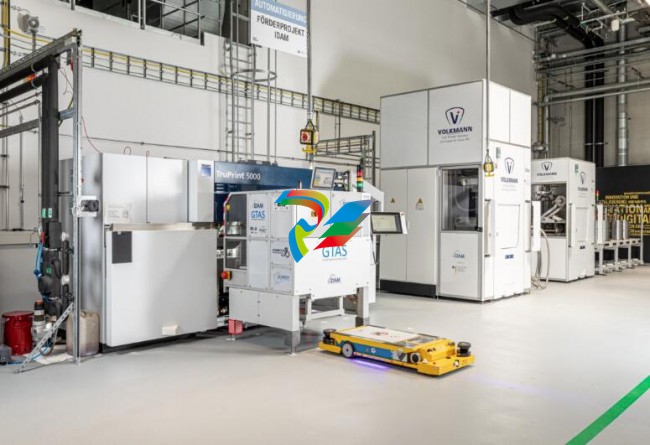
(一)Robotic Technology
Industrial robots are a cornerstone of automated equipment in auto manufacturing. Industrial robots, such as those defined as "Industrial Robot" on dict.youdao.com, are integrated computer technology, manufacturing technology, and automatic control technology equipped with sensors and artificial intelligence systems. They are capable of performing a wide range of tasks with high precision and speed. In auto manufacturing, robotic arms can be found in various processes. For instance, in welding, they can ensure consistent weld quality with accuracy that is difficult for human workers to achieve. According to industry research, factories using industrial robots in welding can reduce defect rates by up to 80%. In assembly, robots can precisely position and join components, resulting in a seamless and sturdy vehicle structure. They can work continuously without fatigue, increasing production output and efficiency.













































.jpg)
.jpg)
.jpg)





.jpg)



.png)
.jpg)

.jpg)
_lVjBYb.jpg)

.jpg)
.jpg)



.jpg)
.jpg)







.jpg)

.jpg)
.jpg)











.jpg)




.jpg)
.jpg)
.jpg)
.jpg)
.jpg)
.jpg)
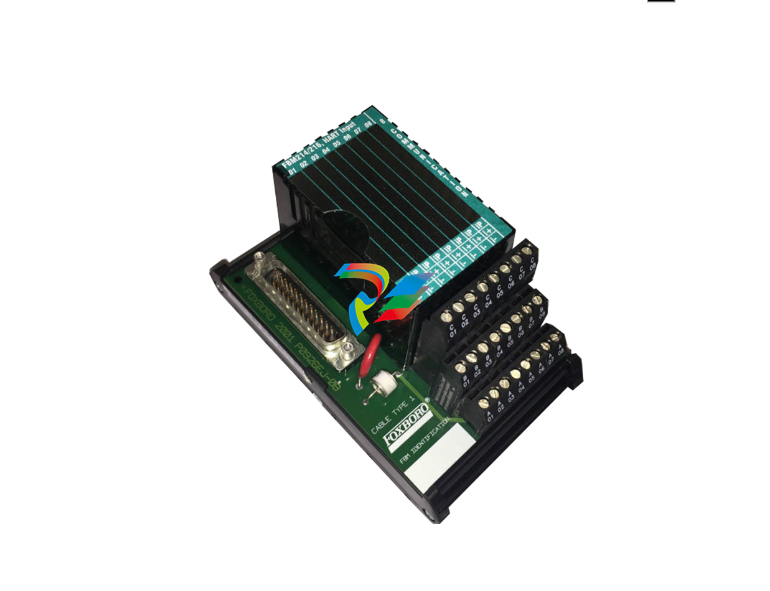
.jpg)
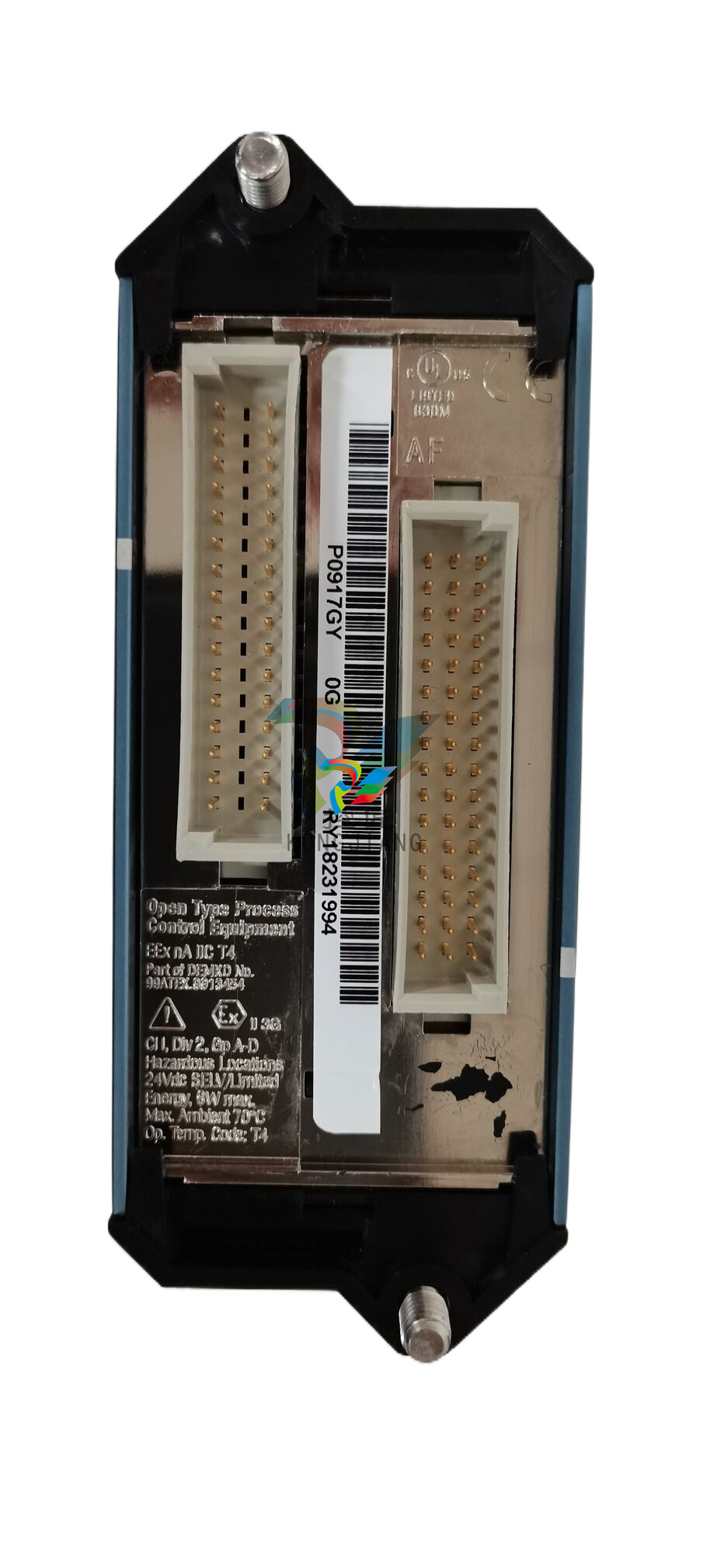
.jpg)
.jpg)
.jpg)
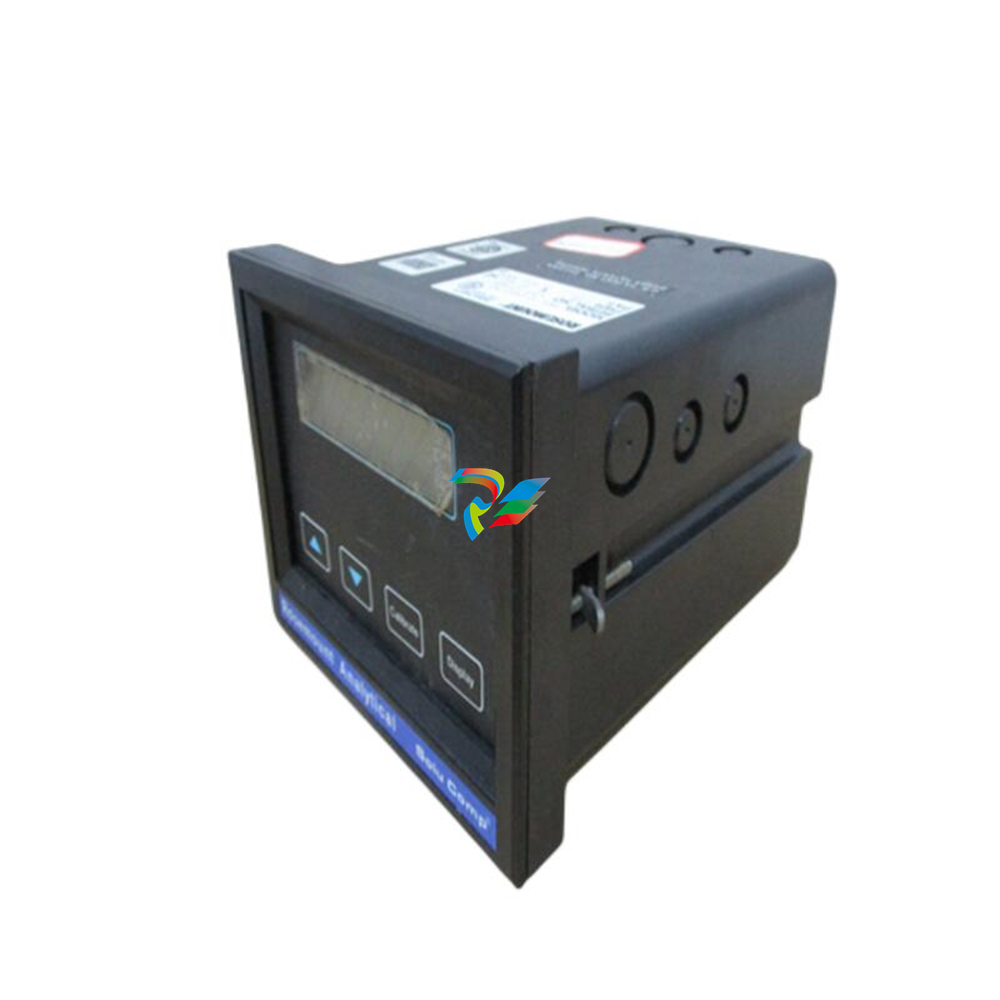
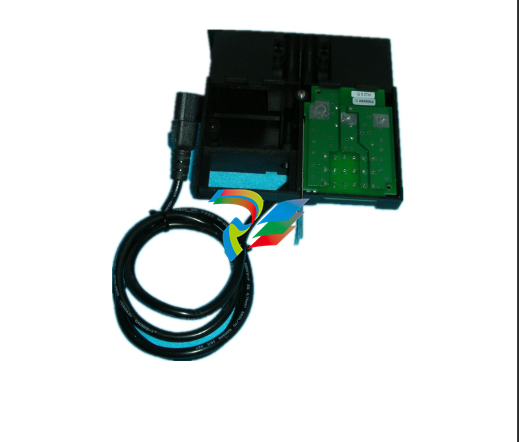
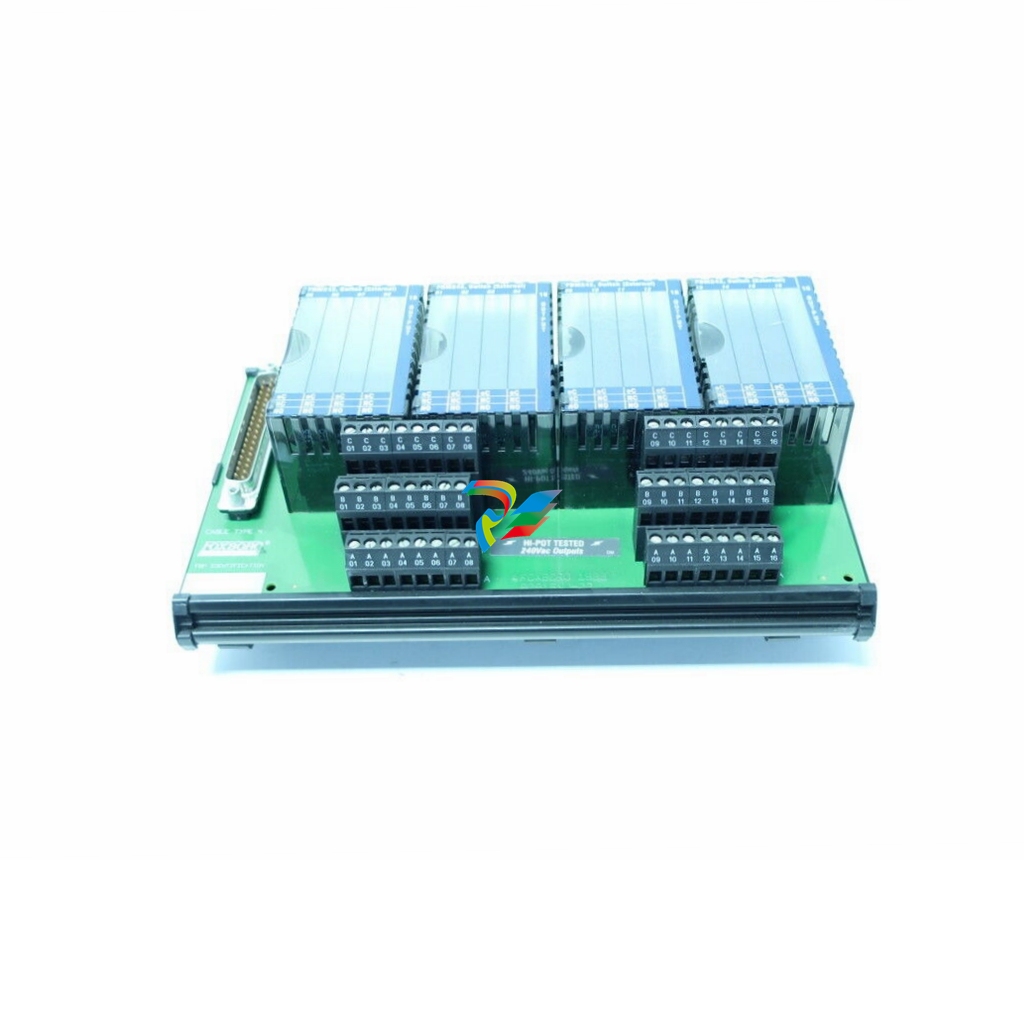
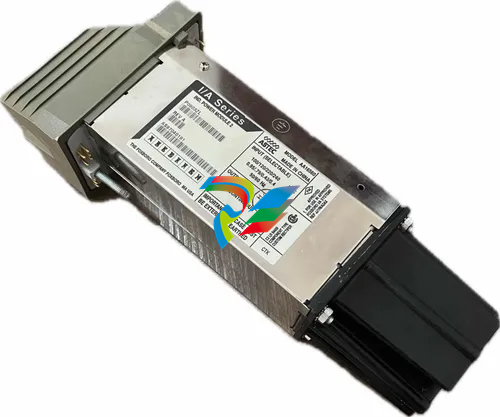

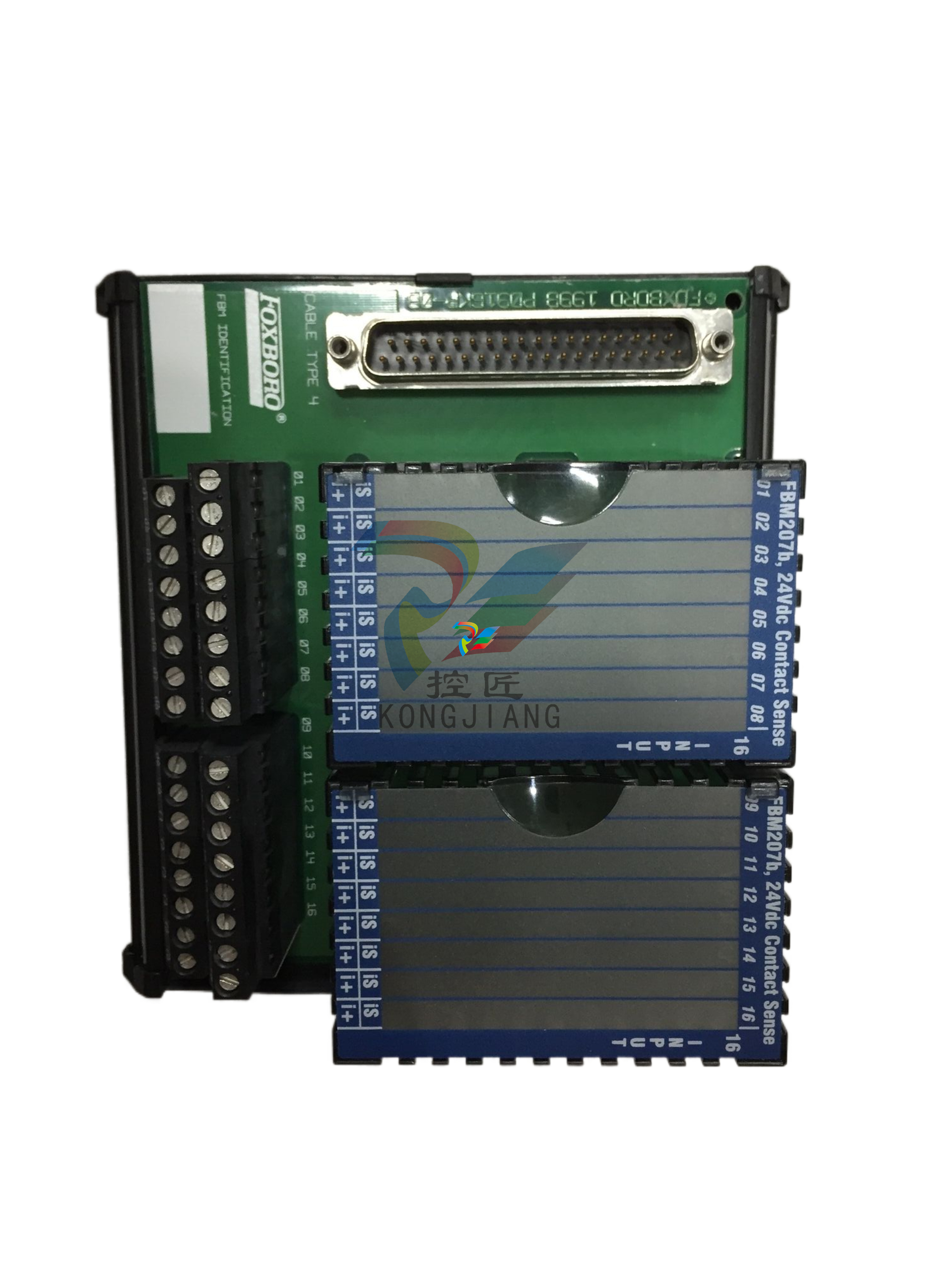
.jpg)
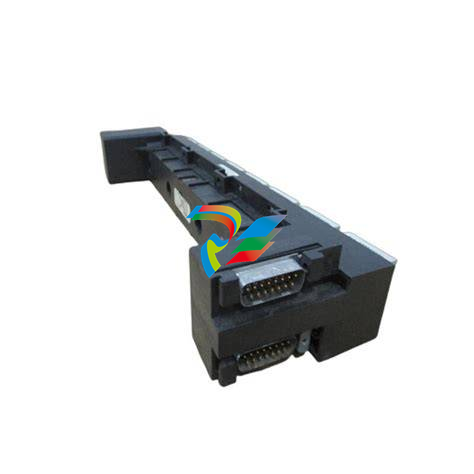
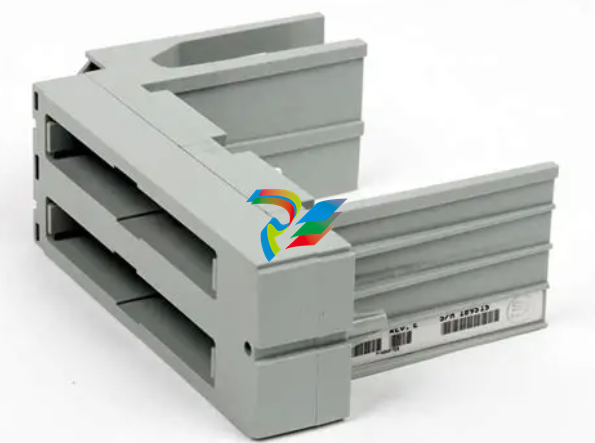
.jpg)
